Forex trading is a fast-paced environment and Forex traders often seek tools to enhance their trading strategies and efficiency. Forex robots are automated systems designed to facilitate trading decisions and are popular with newbie traders for their promise of ease to trade and potential profitability.
However, the use of these tools comes with its own set of challenges and pitfalls, particularly for those new to the Forex market. In this article, we will briefly explain what Forex robots are and then look at the five common mistakes beginners make with Forex robots.

What are Forex Robots?
As automated trading software, Forex robots execute trades on behalf of a trader based on predetermined criteria. Also known as FX Bots, Expert Advisors or EAs, these tools are designed to analyze market trends and execute trades, aiming to maximize profits and minimize losses. Forex robots are typically built as off-the-shelf products from developers and are marketed as an automated tool; although some advanced traders may chose to build their own algorithms using scripts.
Well established off-the-shelf Forex robots include Forex Diamond, FX Stabilizer, Forex Flex EA and King Robot.
Here is a table of the three key features of Forex robots:
| Key Feature | Description |
|---|---|
| 1. Automated market analysis | Forex robots will continuously scan programmed currency pairs for profitable trading opportunities |
| 2. Trading without emotion | Forex bots remove the psychological biases that typically affect human traders |
| 3. Back testing capabilities | Strategies are back tested using historical data and can be further tested by beginners before live trading |
Now that we have had a brief introduction to Forex robots, let’s now look at the five main mistakes newbies make with Forex bots.
Mistake 1: Insufficient Research and Understanding
A common beginner mistake is purchasing a Forex robot without adequate research and understanding; unfortunately doing this has several negative implications.
A misalignment of trading goals
Forex robots are programmed with specific trading strategies, which may not align with a Forex trader’s own goals or risk tolerance. Knowing about the underlying strategy of an FX robot is therefore vital for long term success. Take the following two simple examples:
- A Forex robot built for high-frequency trading is likely unsuitable for a position trader looking for long-term growth
- An FX bot might be optimized for a certain currency pair or particular market conditions, and using them outside these parameters can lead to poor performance.
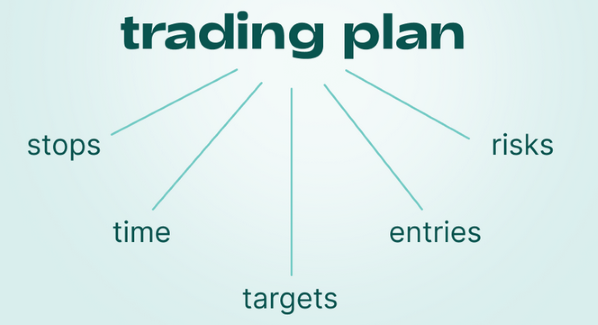
Dependency on flawed strategies
The market is awash with Forex robots available for purchase and regrettably not all are built on sound trading principles. Some may have been over-fitted which means over-optimized strategies that perform well in back testing but lack the forward testing needed to perform in live markets.
Unfortunately, newcomers to Forex trading may be influenced by marketing claims without understanding the technical and fundamental analysis behind the robot’s algorithm.
Financial losses
Utilizing a badly configured Forex robot can quickly drain your capital account, especially if it is built to work with high leverage or fails to properly implement effective stop-loss mechanisms. Beginners may not have the expertise to identify when a bot is under-performing, leading to prolonged periods of losses.
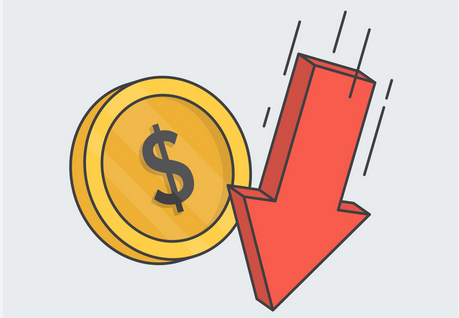
Missed learning opportunities
Newbie traders may rely too heavily on Forex robot software. Relying just on automation will deprive a trader of the chance to develop trading skills garnered through manual trading including:
- Understanding market dynamics
- Making informed decisions.
- Manually analyzing trends, news, and charts

Mistake 2: Overestimating Robot Capabilities
Newcomers to trading typically have unrealistic expectations about what Forex robots are capable of which we can identify as follows:
Robots are not infallible
No Forex robot can predict movements in the currency markets with 100% accuracy. Market volatility caused by factors like geopolitical events, economic data or sudden market shifts can all lead to unexpected results.
As robots follow predefined algorithms, they may not react as anticipated to unforeseen market conditions.
FX bots require monitoring
Although it may appear the case, FX robots are not set and forget trading systems. Regular monitoring is essential to ensure Forex robots are performing properly and to allow for human intervention to adjustment settings in response to changing market conditions, market anomalies, software glitches, or connectivity issues.
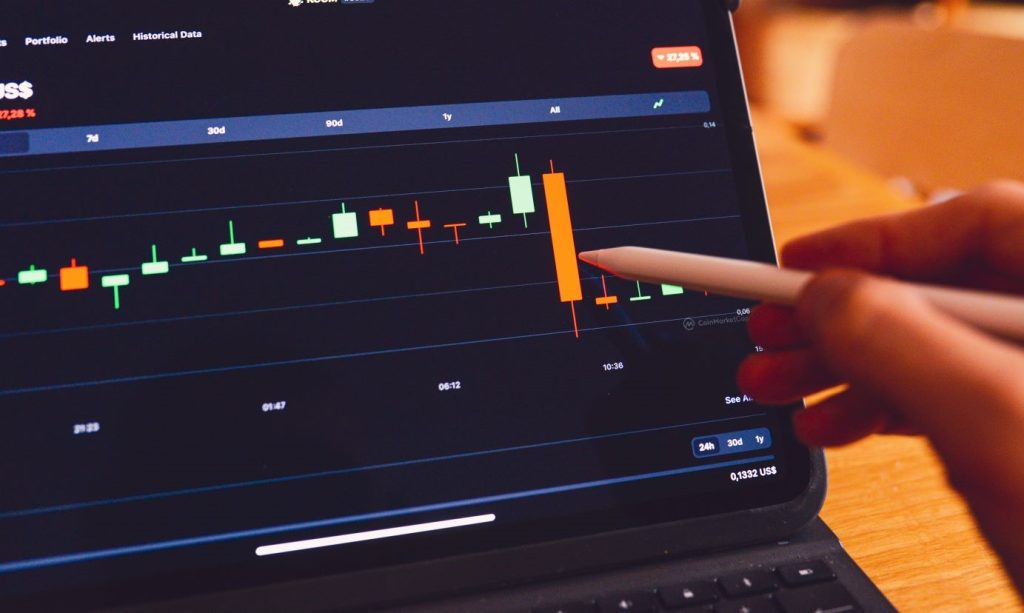
Recognizing the limitations of EAs
You should accept that Forex robots are tools to assist in trading and are not guaranteed profit generators and their effectiveness can vary over time. They should be used as part of your broader trading system that has a coherent strategy, manual oversight and proper risk management.
Mistake 3: Neglecting Risk Management
When you neglect risk management when using automated trading systems it can have significant consequences. Two key elements of risk management are setting stop-loss orders and diversifying trading strategies and by neglecting them can result in amplified losses and erosion of your capital account.
Setting stop-loss orders
A central element of risk management is setting stop-loss orders to reduce possible losses on each trade placement. Stop-losses are vital to prevent a sole trade placed by automated software from significantly denting your trading capital.
It is crucial to adjust robot settings so stop-loss limits are at levels that balance profit potential against the risk of loss accounting for the volatility of the currencies traded.
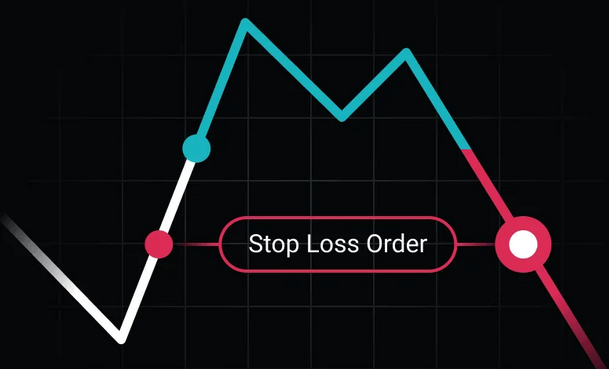
Diversifying trading strategies
If you rely on a single Forex robot or single strategy it can be risky. Currency market conditions are dynamic and a strategy that may work well under certain conditions can perform poorly under others. By diversifying using different robots and strategies can help spread your risk and minimize the impact of a single strategy under-performing.
By failing to maintain risk controls and diversification can result in:
Amplified Losses
Without proper risk controls like stop-loss orders, losses can rapidly mount, especially in highly leveraged trades. Such losses can lead to margin calls or even the loss of your entire capital account. With no risk management, emotional responses like ‘revenge trading’ to recover losses, can further worsen the situation.

Capital Erosion
Consistent losing trades, even small ones, can erode your broker capital account, making it hard to recover and become profitable. Therefore, effective risk management when using a Forex robot is not just about preventing large losses; it is also about preserving trading capital to give you the best chance of succeeding in the Forex market.
Mistake 4: Poor Broker Selection
Beginners often underestimate that selecting the right broker when using a forex robot is a critical decision in Forex trading. The effects of setting up an account with an unsuitable broker can be devastating:
- Robot Compatibility:
- When you purchase an off-the-shelf Forex robot it is often coded with the Meta Quotes language (MQL) that is compatible with most online brokers. Make sure that the online broker uses an MT4 platform if your robot is coded with MQL, so the bot can be configured to trade.
- Compromised trade execution:
- It is also critical to ensure that trade execution is not compromised as it will affect your robot’s performance. An inefficient trade execution may result in slippage, where orders are filled at worst prices than expected. Slippage significantly impacts trading performance, especially if the robot is pre-programmed with a high frequency trading program relying on small pips of profit per trade.
- Any delays in order executions will also result in missed opportunities or increased losses in volatile market conditions.
- Security risks:
- If you work with an unreliable broker it can expose you to financial risks such as the potential mishandling of account funds or exposure to fraudulent activities.
- Personal data security is a real problem as a broker with a weak cybersecurity system can put sensitive data at risk.
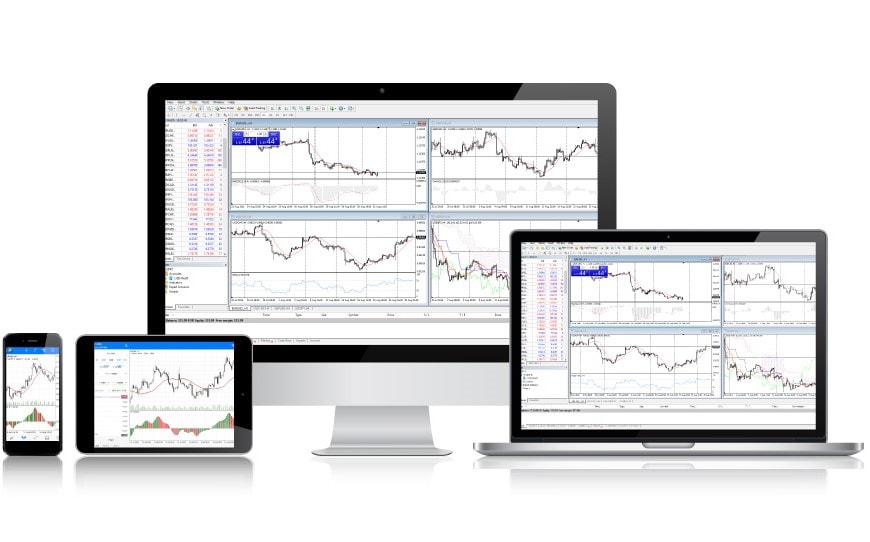
To offset any risks, it is good practice to consider the following when selecting a forex broker:
- Regulatory compliance:
- Always select a Forex broker that is regulated by financial authorities. In the United States this is the CFTC. It means the broker must adhere to certain standards and also provides a level of protection for your funds.
- An extra layer of security offered by regulatory bodies is their resolution service for disputes and compensation schemes.
- Trading platform quality:
- Always evaluate a Forex trading platforms user interface – Is it intuitive to use for a beginner? Is their good availability of on-platform charting tools and indicators? As you get more experienced you might consider stand-alone charting software but less so at the start.
- It goes without saying, but a reputable platform should offer real-time data.
- Fees and spreads:
- Try and compare the overall cost structure of different Forex brokers, made up of spreads, commissions, and any hidden fees.
- Being aware of the fee structure is vital for calculating potential P+L.
- Customer support service:
- Strong customer support is important for resolving of any issues in a timely manner.
- The best Forex brokers offer multiple channels of support, like live chat, email, and phone.

Mistake 5: Over-reliance On Robots
Forex robots have a part to play as part of a wider Forex trading system but over-reliance on automated trading software can also lead to problems which we will now look at.
Lack of control
An excessive dependence on automation may see a trader suffer a disconnect from the trading process. The result is a lack of understanding of how Forex trades are being created and an inability to intervene manually when required.
Adaptability issues
As robots are programmed with preset criteria, they may not perform well in all scenarios. They might not adapt quickly to unexpected market events or changes in market dynamics. It can be particularly problematic during high-impact news events or market crashes, where human judgment is crucial.
To maintain a balanced approach to avoid over-reliance try to:
- Combine manual and automated trading:
- Utilize forex robots to handle analytical tasks and identify Forex signals, but maintain some manual oversight for strategic decisions and risk management. Such a hybrid approach allows you to leverage the efficiency of automation while retaining critical decision-making control. It also helps in understanding the rationale behind trading decisions.
- Stay well-informed:
- Try to regularly update your knowledge of currency market conditions, economic data, and geopolitical news that may impact your trading strategies. By staying informed allows you to make timely adjustments to your trading strategy, whether altering the robot parameters or making manual interventions.
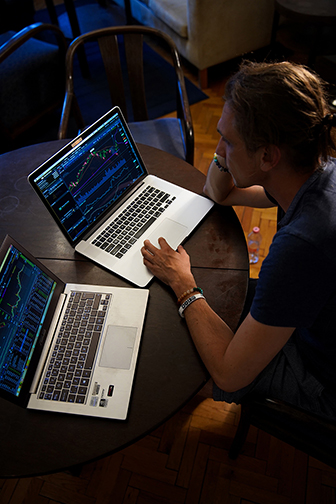
Related Resources
- How to create a profitable trading strategy using a Forex robot
- How to troubleshoot a Forex robot that is not performing well
- How do Forex robots handle slippage
Written by Chris Gillie

Chris Gillie is the founder of Axcess FX, a Forex software review and research website. He is a former investment banker who worked in FX Sales on the UBS London trading floor. Chris has been using Forex trading software as part of his trading set-up since the late 2000s and the embryonic days of MetaTrader and the MQL coding language.
